Mumbai Metro Aqua Line: Is Colaba-Bandra-Aarey Metro-3 fully operational? What is the route & ticket cost? How has it eased office commute to Worli, BKC? Can you switch lines?
Mumbai Metro Line 3:
Mumbai Metro Line 3, two phases of which are already open, has changed the way the city travels. The Metro Aqua line ticks all boxes as it is reduces traffic congestion, slashes travel times, and integrates well with both existing and future transit lines. From suburbs to airport, it connects all.
METRO RAILWAY WILL BE COMPLETE TO COLABA BY AUGUST 25 END
Here’s why in such a short time, it has become officegoers’ preferred mode.
Mumbai Metro Line 3: What is the route? What are the stations?
Known as the Aqua Line, Metro 3 is Mumbai’s first fully underground corridor, planned to stretch 33.5 km between Cuffe Parade (Colaba) and Aarey, featuring 27 stations (26 underground + one at grade). METRO RAILWAY WILL BE COMPLETE TO COLABA BY AUGUST 25 END
The Mumbai Metro-3 work was carried out in three phases:
When will the last phase of Mumbai Metro-3 be completed?
The 10-km phase from Worli (Acharya Atre Chowk) to Cuffe Parade is under construction. It is expected to open this year, with its work in advanced stages.
METRO RAILWAY WILL BE COMPLETE TO COLABA BY AUGUST 25 END
Explained: Mumbai Now Maximum Metro City: How Many Lines Are Running On Which Routes? How Many More To Go?
How many trains are operated on Mumbai Metro-3?
Phase 1 operated with about 8-9 rakes giving 96 round trips daily between Aarey and BKC.
With Phase 2A added, services rose to 244 daily operated by 8 trains/rakes.
Each eight-coach train carries up to 2,500 passengers; designed speeds of 85 km/h, with an average of 35 km/h.
What are Mumbai Metro-3 timings?
Weekdays: 6:30 AM-10:30 PM
Sundays: Service starts at 8:30 AM and runs till 10:30 PM
What is Mumbai Metro-3 train frequency?
Peak hours: Every 6-6.5 minutes
Non-peak: Trains every 15-20 minutes
What are iconic spots through which Mumbai Metro-3 passes?
Dharavi: Dharavi, while one of the country’s largest slums, is also known for its various small-scale industries, including recycling, leather production, pottery, and textiles. The life in Dharavi slum has been covered in various Hindi films.
Siddhivinayak Temple: The temple in Prabhadevi is a must-visit for any Ganpati devotee. It sees long queues on special occasions, with several celebrities spotted there regularly.
Worli: A promenade, sea link to houses of famous celebrities, there is nothing you can’t find in the central Mumbai. Besides, it also stands testimony to the city’s old charm with its chawls and fishing villages, with its Common Man sculpture and fort adding to its beauty.
Science Museum: A common picnic spot for schools, the centre in Worli is known for its interactive science exhibits. The science center is very informative not only for children but also for adults.
Mahalaxmi: An upscale neighbourhood in the city, it known for the Royal Western India Turf Club’s Mahalaxmi Racecourse, with horse races every year having visitors from around the world. It is also known for the Mahalaxmi Temple, and offers a great view of Malabar Hill and the Arabian Sea.
CSMT: Chhatrapati Shivaji Maharaj Terminus is a historic railway terminus and UNESCO World Heritage Site in Mumbai. It is the headquarters of India’s Central Railway and one of the busiest railway stations in India, handling both long-distance and suburban trains. There are several historic spots in the area such as Gateway of India, Chhatrapati Shivaji Maharaj Vastu Sangrahalaya, Marine Drive, Jehangir Art Gallery, Colaba Causeway, among others.
Hutatma Chowk: The square in South Mumbai hosted Flora Fountain and was known by that name until 1961. It was later renamed in the memory of the members of Samyukta Maharashtra Samiti, who died when police fired upon their peaceful demonstration in 1956. A statue of a ‘Martyr with a Flame’ stands next to Flora Fountain.
Vidhan Bhavan: It is the centre of all the action in Mumbai politics. During an assembly session, you may also get to spot some political leaders. From AIR building to Marine Drive, just a long walk in the area will give you a glimpse of Mumbai.
How has Mumbai Metro-3 helped the city?
Phase 1 alone cuts 650,000 car trips daily, reducing road congestion by 35% and saving 3.54 lakh litres of fuel/day.
Phase 2A attracted over 32,000 passengers/day within two days of launch, connecting key business hubs (BKC, Worli, Dadar).
Full line predicted to serve up to 13 lakh passengers/day impacting air quality and commute experience across southern-central Mumbai.
Is Mumbai Metro-3 connected to other Metro lines?
Line 1 at Marol Naka (adjacent station exit; short walk)
Line 2B at BKC/ITO (planned skywalk)
Line 6 (Pink) at Aarey JVLR (under construction)
Planned interchanges at Dadar, CSMT, Mumbai Central, Churchgate with other metro lines and suburban rail.
Is it easy to switch lines from Mumbai Metro-3?
Some connections, like Marol Naka (Line 1) are separate stations requiring exit and re-entry (short walk).
Other interchange paths—for instance at airport stations or BKC—may involve longer underground walks.
Why Mumbai Metro-3 matters to officegoers?
It links major business zones: BKC, Worli, Dadar, plus airport access and SEEPZ tech park. Offers fast, reliable travel avoiding surface congestion, ideal for professionals in finance, corporate, and services sectors.
Timesaver
Mumbai Metro Line 3 (Aqua Line) saves a significant amount of travel time by offering fast, direct, and uninterrupted underground connectivity through the core of Mumbai.
Here’s how:
End-to-End Travel Time Reduction: Full Aarey to Cuffe Parade stretch once ready will be covered in 60 minutes. It takes 120-180+ minutes to cover the stretch by road during peak traffic.
BKC to Worli: 13-15 minutes by Metro vs 45-60 minutes by road
Andheri to Cuffe Parade: 45-50 minutes by Metro vs 90-120 minutes by road
CSIA T2 to BKC: 10-12 minutes by Metro vs 30-45 minutes by taxi in traffic
Bypassing surface traffic
Being fully underground, Line 3 avoids road congestion, traffic lights, signal delays, and monsoon-related flooding. You move seamlessly from north to south without interruption.
Direct access to key hubs: Major business zones connected such as SEEPZ, MIDC, BKC, Worli, Lower Parel, Fort, Cuffe Parade. It will be directly connected to airport terminals (T1 & T2) saving time on airport transfers. Railway interchanges at Dadar, Mumbai Central, Churchgate, and CSMT make switching faster.
High frequency & reliability: Trains every 6-7 minutes during peak hours. Consistent, predictable schedules — no wait for BEST buses, taxis, or autos.
Avoids long detours: Previously, to go from Andheri to Fort or Cuffe Parade, commuters had to:
Take the Western Express Highway-Mahalaxmi-Peddar Road-Marine Drive
Or switch between autos, buses, trains, and taxis
Total trip: 2-3 different modes and 90 minutes
Metro-3 offers a single-seat ride, direct and clean.
How does it connect Dahisar or Borivli to BKC, Worli and eventually Colaba?
From Dahisar East: Take Metro-7 (click for detailed explanation) and get off at Gundavli. Change over to Metro-1’s (Versova-Andheri-Ghatkopar) Western Express Highway station. It is a five-minute walk between Metro 7 and Metro-1 through a 58-metre foot overbridge, so plan accordingly. Using Metro-1, travel towards Ghatkopar and get off at Marol Naka. Change over to the underground Metro-3 which will take you to BKC or further to Worli and Colaba once the phase is ready.
From Borivli West: Take Metro-2A (click for detailed explanation) from Borivali West and get off at Andheri West. Change over to Metro-1’s DN Nagar station. Using Metro-1, travel towards Ghatkopar and get off at Marol Naka. Change over to the underground Metro-3 and head to BKC or further to Worli.
How to get Mumbai Metro-3 tickets?
Purchase options: Station counters, ticket vending machines, MetroConnect3 app, or QR tickets.
From June 11, 2025, the RuPay National Common Mobility Card (NCMC)—branded as the Mumbai 1 card—is accepted on Metro 3 between Aarey and Acharya Atre Chowk. The NCMC works across Metro Lines 1, 2A, 3, and 7, and on BEST buses. Cards used on other metro lines or Chalo bus services are fully compatible when tapped at Metro-3 stations.
Points to remember while buying tickets
Current Phase 1/2A operates via QR tickets or counters; smartcard rollout is underway.
Coin acceptance issues reported at Marol Naka machines—some do not accept Rs 10/Rs 20 coins and fail to give change.
Signage and station guides are still evolving—especially for airport travelers with luggage.
What are Mumbai Metro-3 fares?
Phase 1 (Aarey-BKC): Rs 10-50
Phase 2A extension (Aarey-Acharya Atre): Fare up to Rs 60
Full corridor (Aarey-Colaba): Rs 70 expected once operational
How does it connect Dahisar or Borivli to BKC, Worli and eventually Colaba?
From Dahisar East: Take Metro-7 (click for detailed explanation) and get off at Gundavli. Change over to Metro-1’s (Versova-Andheri-Ghatkopar) Western Express Highway station. It is a five-minute walk between Metro 7 and Metro-1 through a 58-metre foot overbridge, so plan accordingly. Using Metro-1, travel towards Ghatkopar and get off at Marol Naka. Change over to the underground Metro-3 which will take you to BKC or further to Worli and Colaba once the phase is ready.
From Borivli West: Take Metro-2A (click for detailed explanation) from Borivali West and get off at Andheri West. Change over to Metro-1’s DN Nagar station. Using Metro-1, travel towards Ghatkopar and get off at Marol Naka. Change over to the underground Metro-3 and head to BKC or further to Worli.
How to get Mumbai Metro-3 tickets?
Purchase options: Station counters, ticket vending machines, MetroConnect3 app, or QR tickets.
From June 11, 2025, the RuPay National Common Mobility Card (NCMC)—branded as the Mumbai 1 card—is accepted on Metro 3 between Aarey and Acharya Atre Chowk. The NCMC works across Metro Lines 1, 2A, 3, and 7, and on BEST buses. Cards used on other metro lines or Chalo bus services are fully compatible when tapped at Metro-3 stations.
Points to remember while buying tickets
Current Phase 1/2A operates via QR tickets or counters; smartcard rollout is underway.
Coin acceptance issues reported at Marol Naka machines—some do not accept Rs 10/Rs 20 coins and fail to give change.
Signage and station guides are still evolving—especially for airport travelers with luggage.
What are Mumbai Metro-3 fares?
Phase 1 (Aarey-BKC): Rs 10-50
Phase 2A extension (Aarey-Acharya Atre): Fare up to Rs 60
Full corridor (Aarey-Colaba): Rs 70 expected once operational
Is Mumbai Metro-3 connected to other public transport?
Railway
Marol Naka: Ghatkopar station (800-m walk)
Santacruz: Western Railway (800 m)
Future Dadar/CSMT interchanges under development
Airport integration: Passengers at T2 station may need to walk; shuttle or walkway under construction
Mumbai-Ahmedabad bullet train will be linked to two Metros – Metro-3 or the aqua line through a tunnel at Bandra-Kurla Complex and 2B via a foot overbridge (FOB).
Will Mumbai Metro-3 be connected to upcoming/planned lines?
Planned physical interchanges with Lines 1, 2B, 6, 7A (airport link), 8 (Gold Line) and suburban rail at Dadar, CSMT, Churchgate, Mahalaxmi.
Completion of full corridor by August 2025 will enable seamless transfers across Metro & suburban systems.

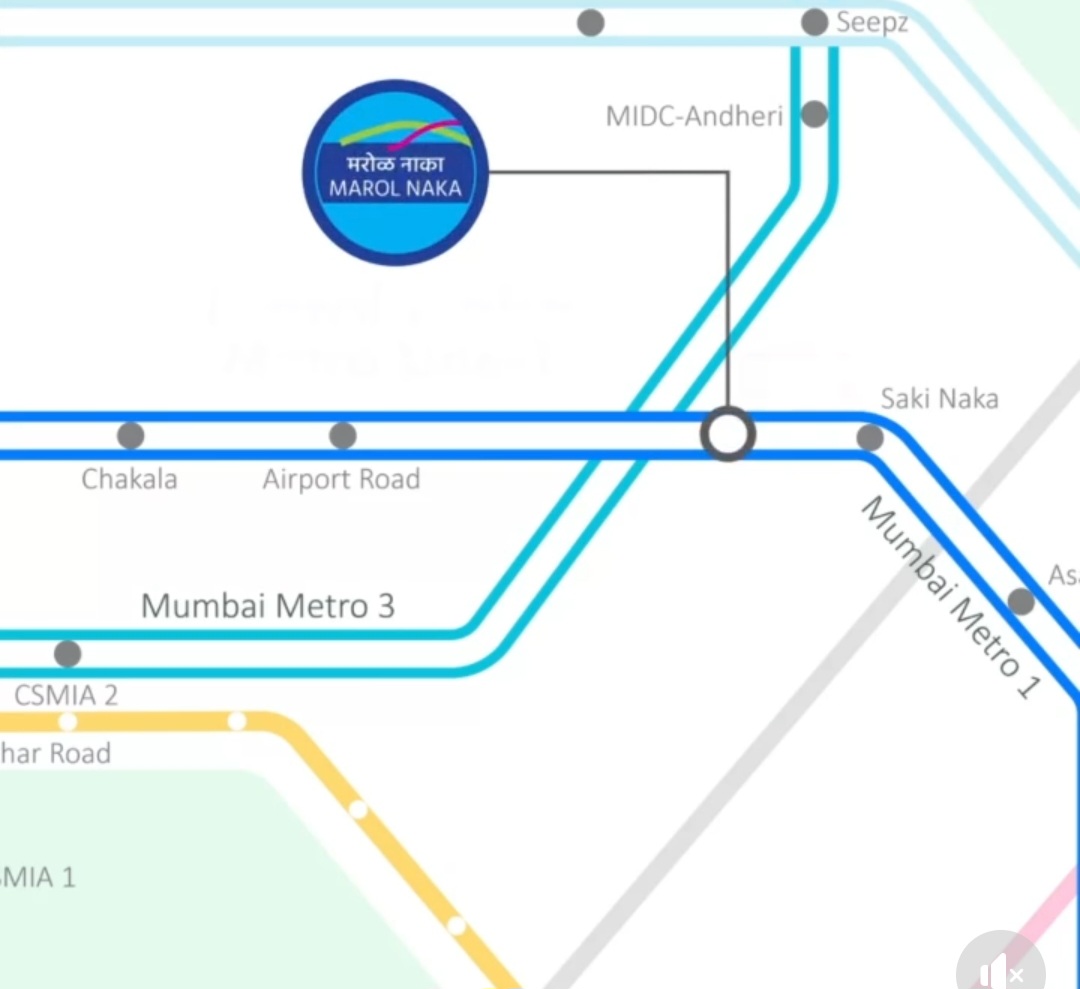
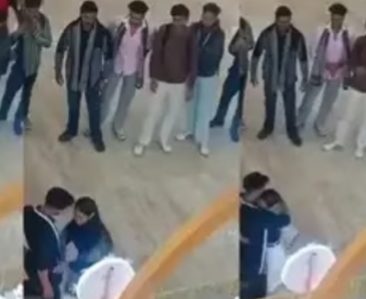
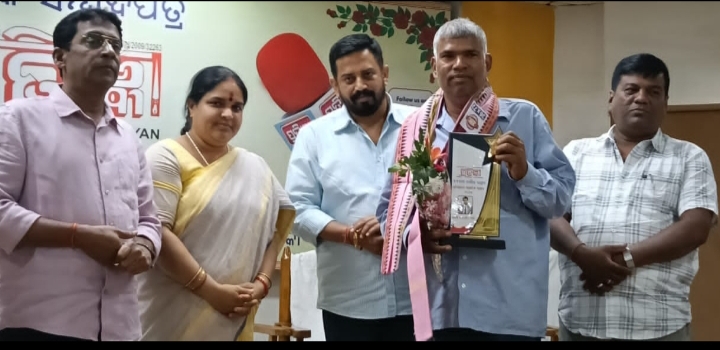
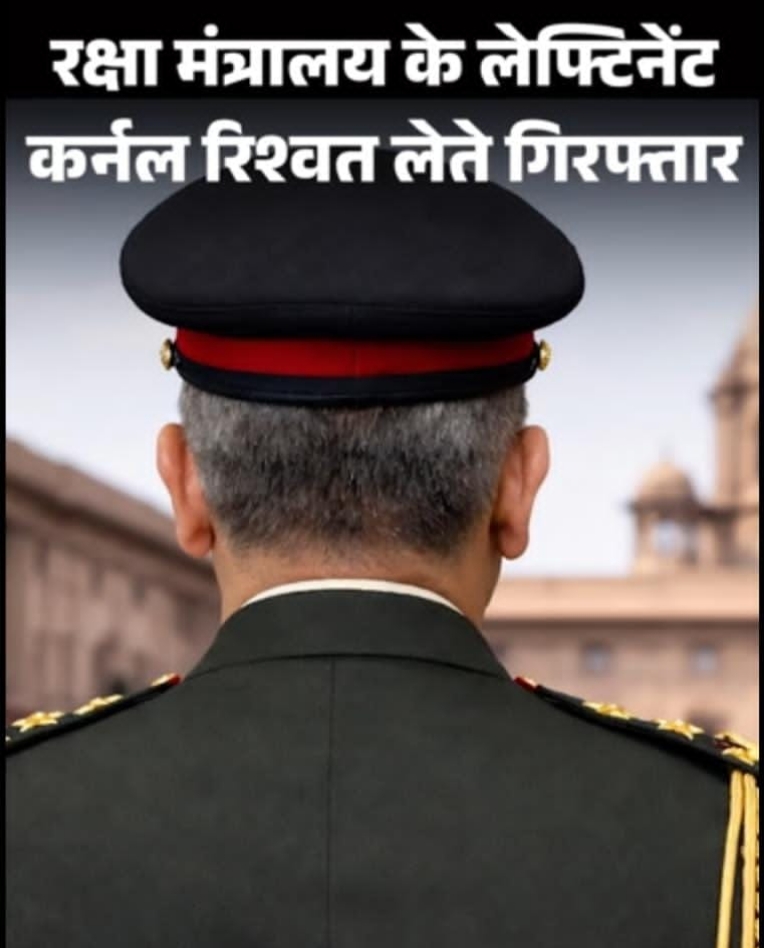
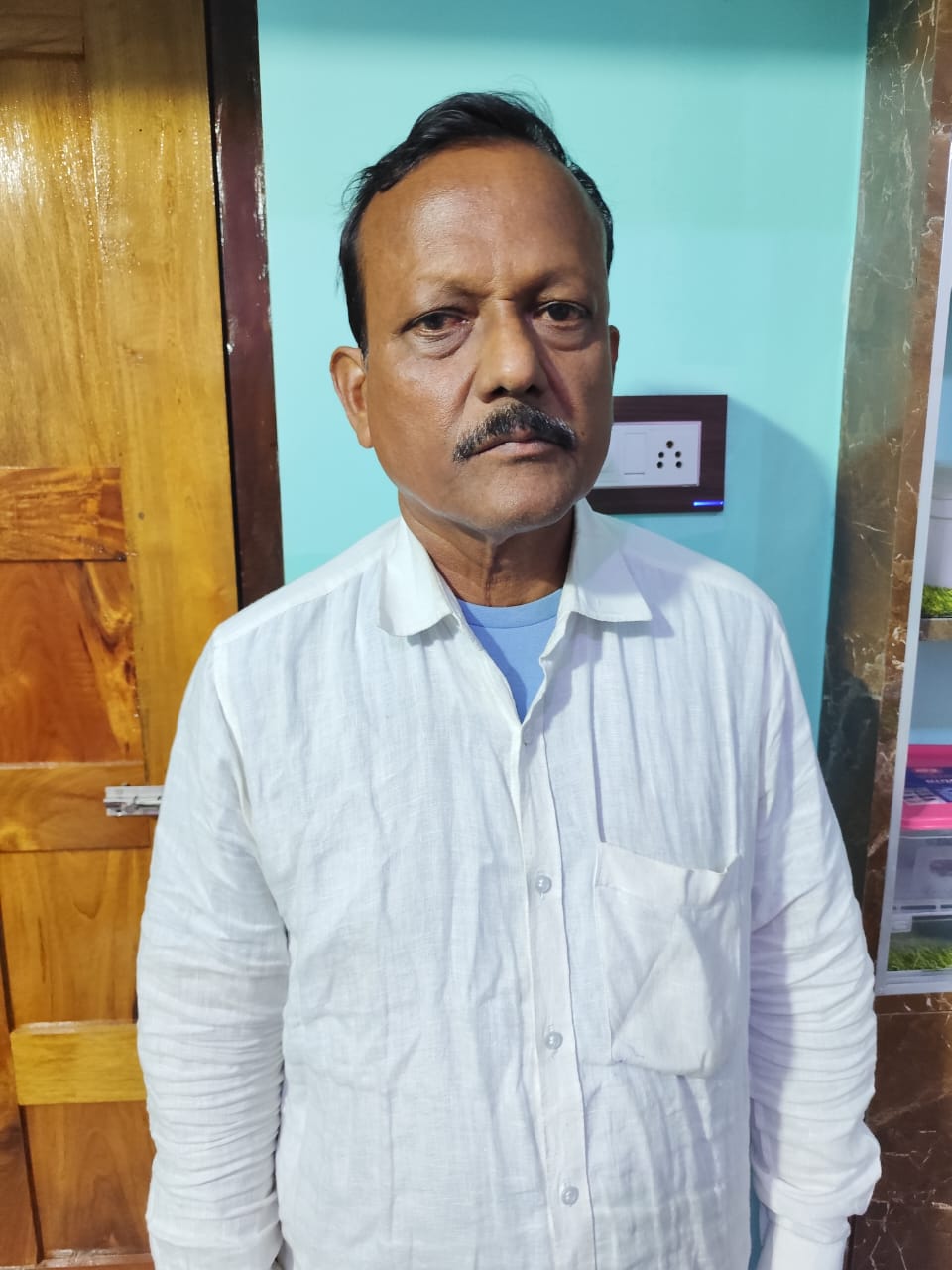
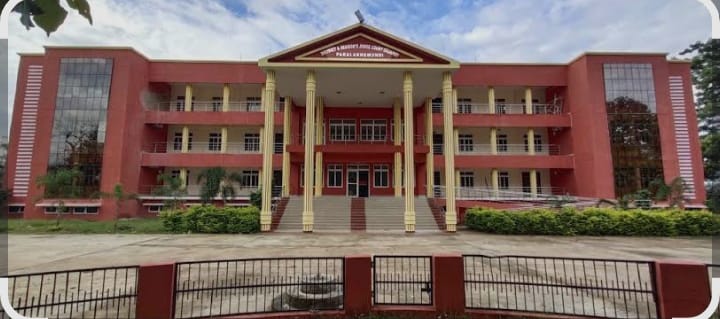
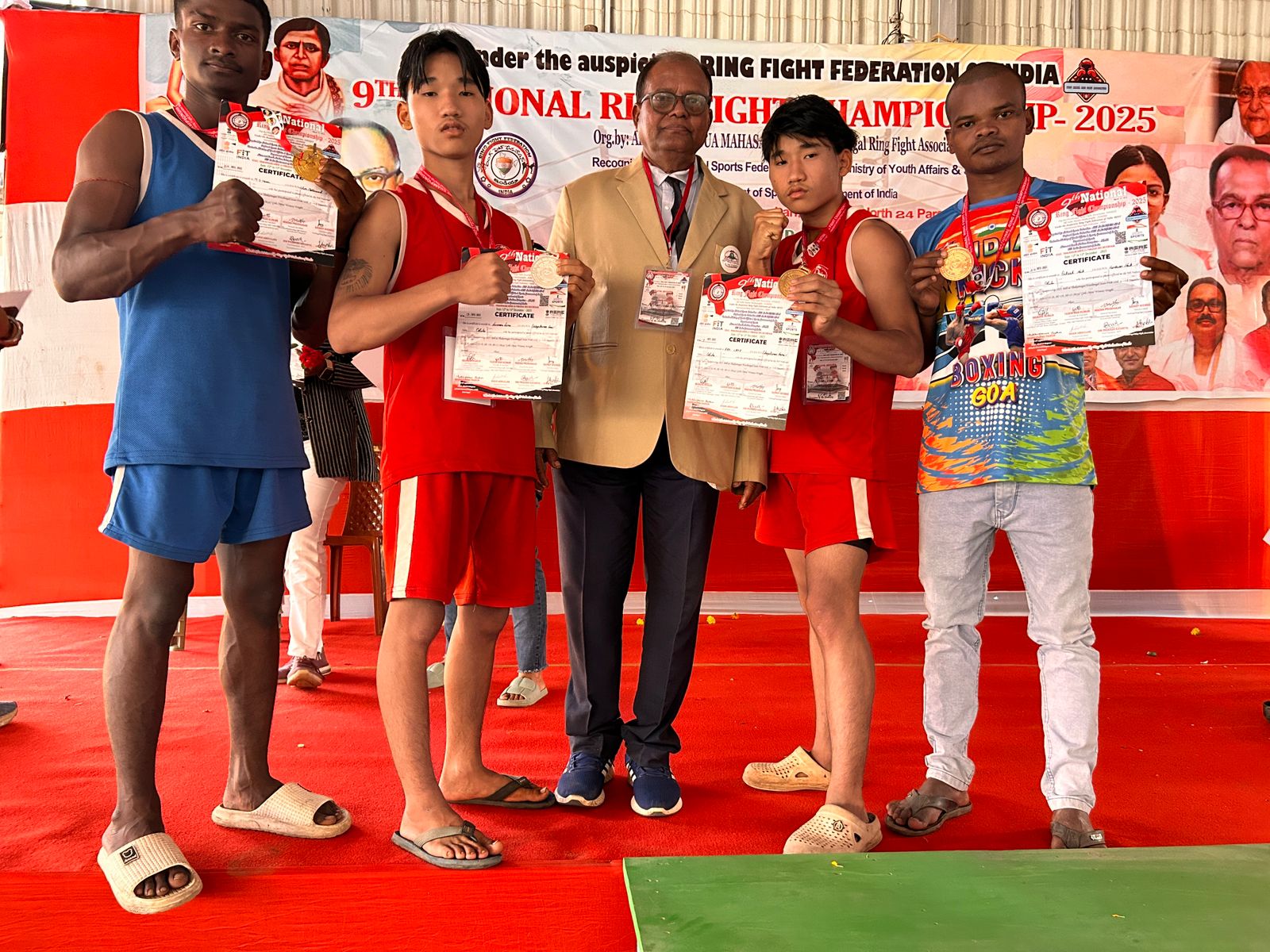
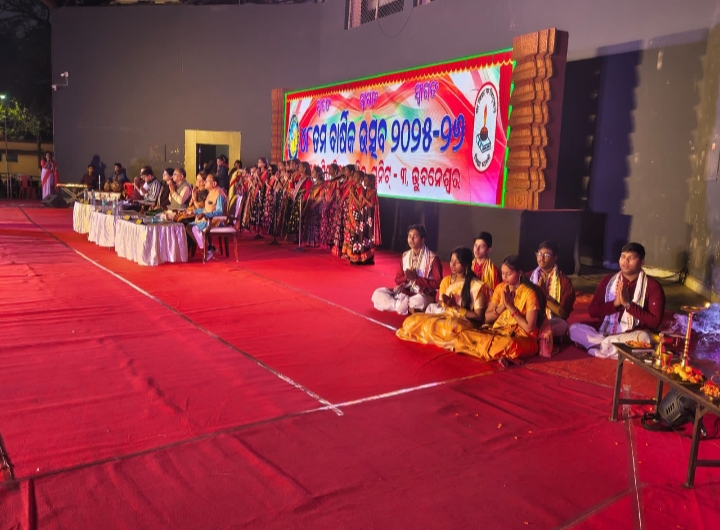
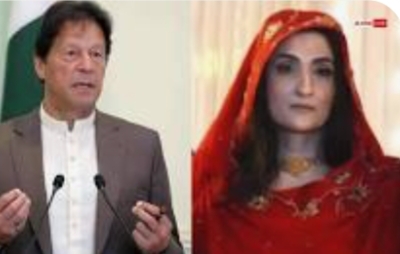
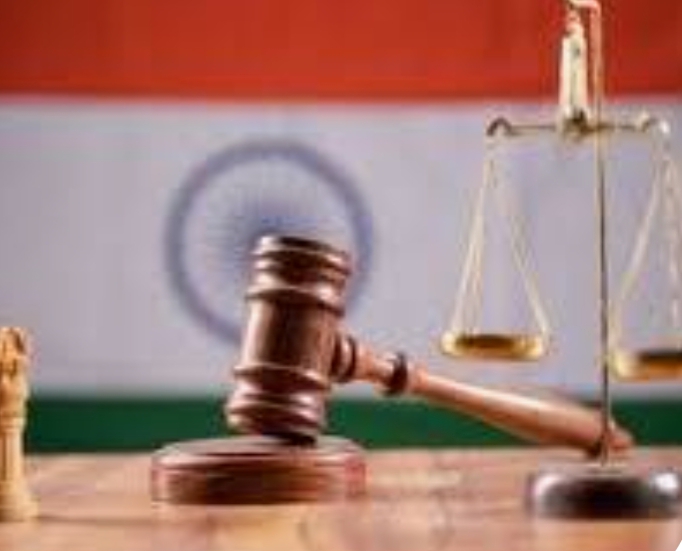
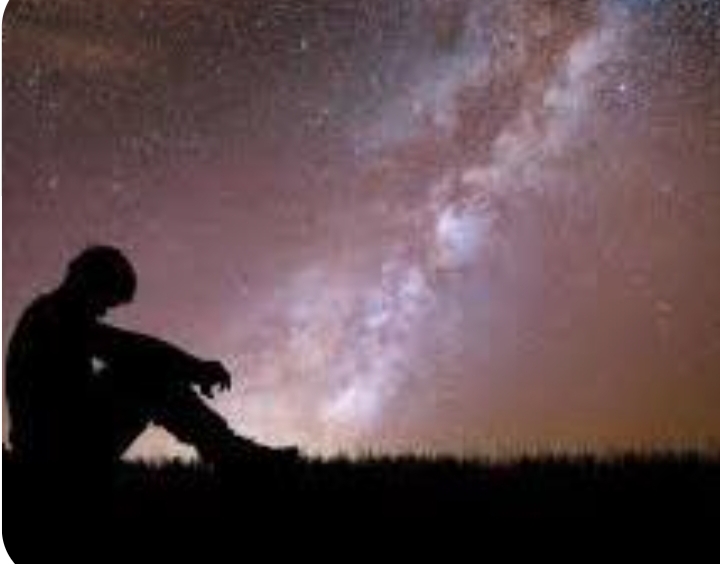
Leave a Reply